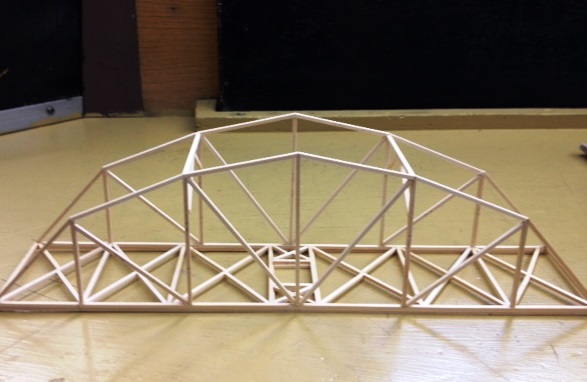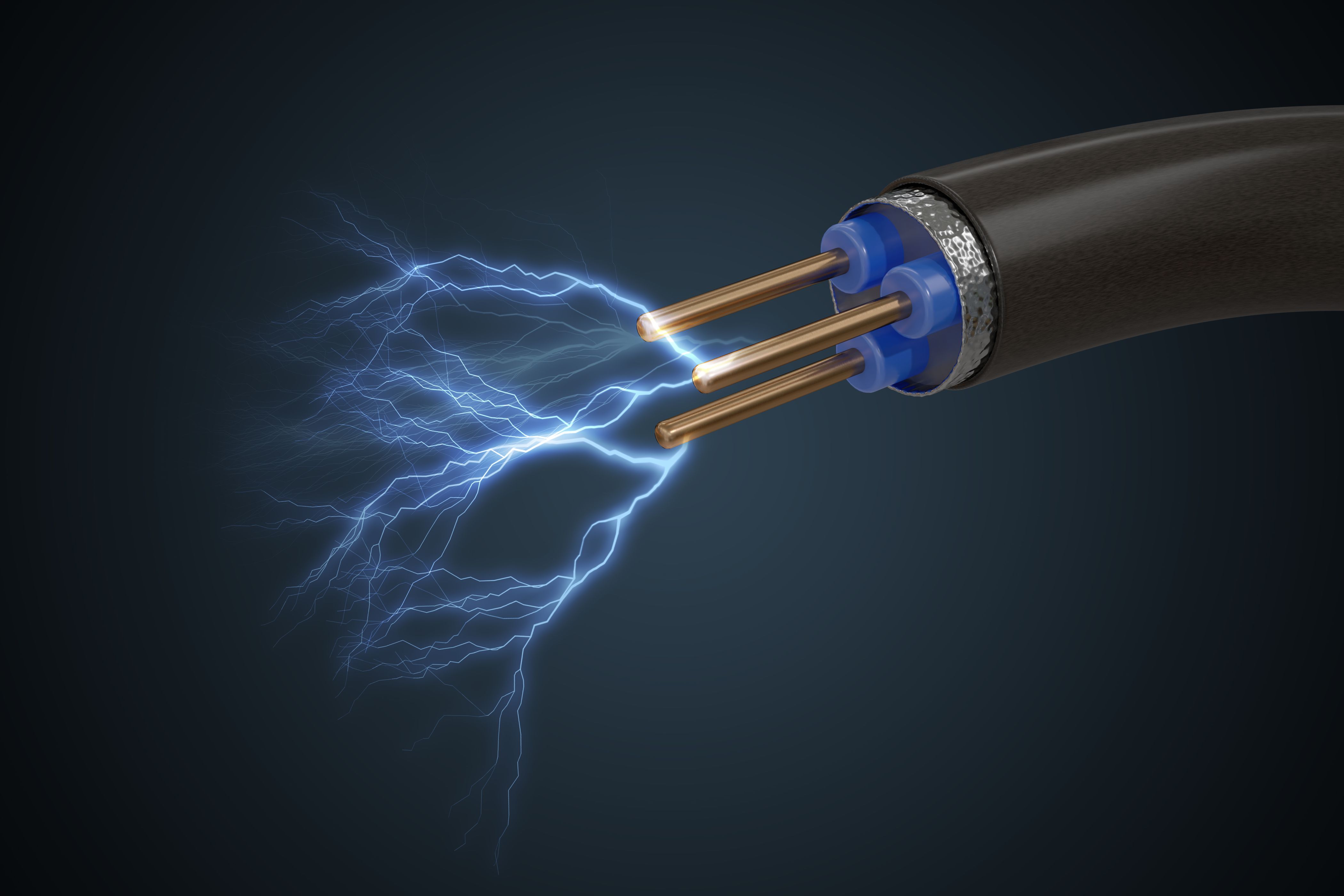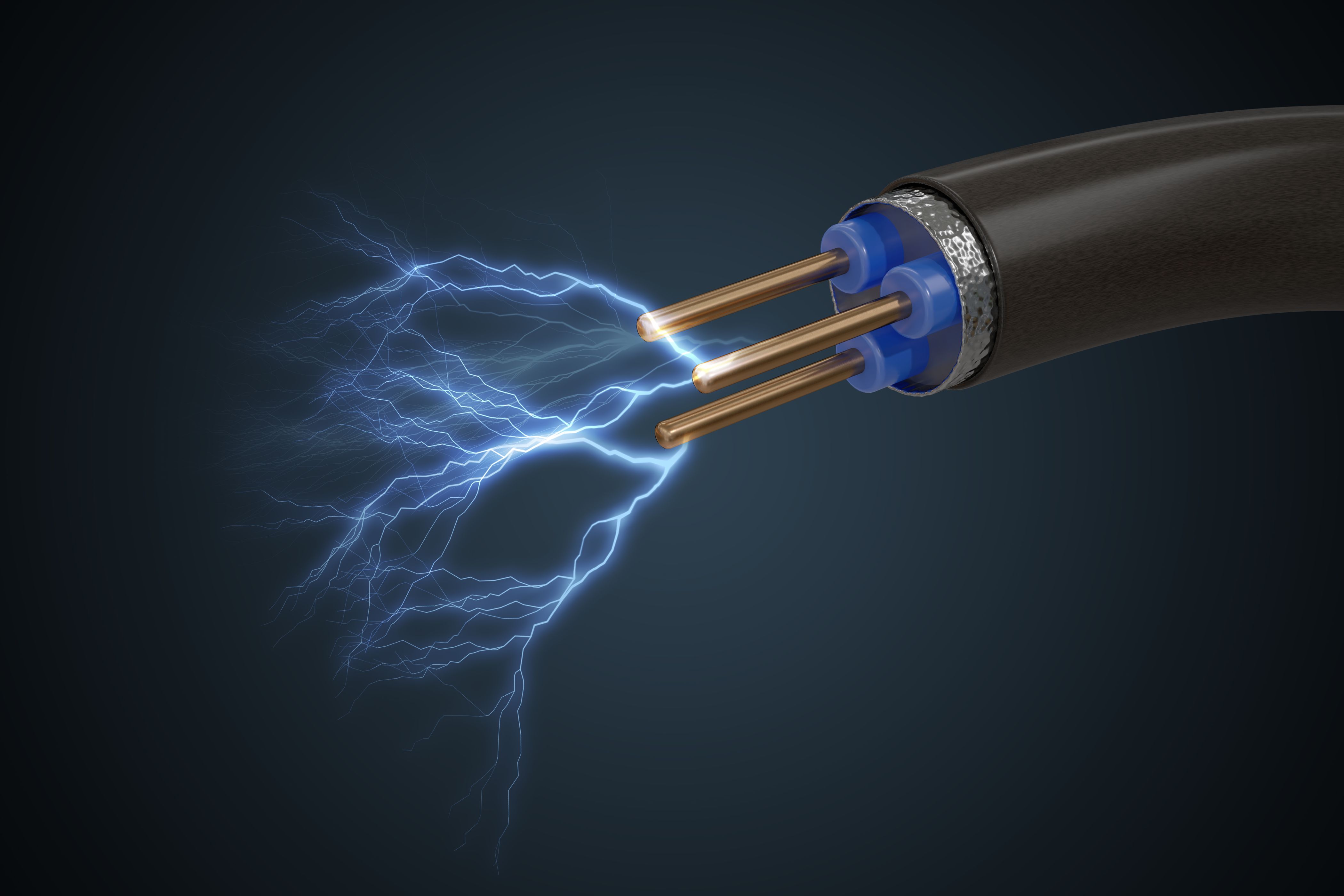Courses by Software
Courses by Semester
Courses by Domain
Tool-focused Courses
Machine learning
POPULAR COURSES
Success Stories
Ahmed Body Challenge
For this challenge, you will have to provide answers to the following questions: Q1. Describe Ahmed's body and its importance. Q2. Explain the reason for the negative pressure in the wake region. Q3. Explain the significance of the point of separation. Ahmed body is a general car body which captures essential car…
mohit tiwari
updated on 17 May 2020
For this challenge, you will have to provide answers to the following questions:
Q1. Describe Ahmed's body and its importance.
Q2. Explain the reason for the negative pressure in the wake region.
Q3. Explain the significance of the point of separation.
Ahmed body is a general car body which captures essential car body features which was firstly described experimentally by Ahmed [1]. Its a simple shape yet efficient to capture the aerodynamic features of automobile. The essential need of doing such simulation is to know the effect of drag which is one of the important parameter for efficient and smooth driving experience. The lower the drag forces the lower the fuel consumption and better the performance.
The rear part of the vehicle has a significant role in manipulating the drag forces. The Ahmed body is shown in figure 1. It has been observed that the slant angle ( ∅ ) greatly affects the drag results. This is majorly due to flow of seperation. Seperation of flow means that the flow instead of being attached or parallel to the surface gets detached from the surface and generates turbulence (by pressure gradient) which creates turbulent friction and hence creates drag force.
Step 1 :- Geometry and enclosure fomation

The dimesnions of the Ahmed body is as shown in figure. For analysis purpose the ahmed body is split into half in order to limit the number of elements during meshing and faster computation.The width of the body is 0.1945 m.

- An enclosure was generated aroud the ahmed body . Two different enclosures as shown in figure were generated. The purpose of the inner enclosure is to locally refine the meshing so that the elements count remain low and better results can be obtained. It is generally called as local refinement. The dimension of the enclosure is mentioned below.


Step 2 :- Meshing
- For meshing the outer enclosure was meshed with multizone method to get perfect hexa elements and the inner enclosure was meshed with tetra elements. The face of the ahmed body was then locally meshed to get better element quality. Four different meshing were generated in order to perform the grid independency test.
- The boundary layer becomes important for such flows and hence in ordwer to capture the physics the inflation layer were given. The parameters of the meshing independece test are given in the table.
| Cases | Description | Primary mesh size (mm) | Local refined mesh size (mm) | Ahmed body mesh size (mm) | Wheel mesh size (mm) | Inflation layer | Growth Rate | Total thickness (mm) | Min mesh quality | Avg mesh quality | Total nodes | Total elements |
| Case A | Coarse Mesh with k Epsilon model & y+ = 300 | 120 | 80 | 15 | 10 | 6 | 1.2 | 10 | 0.137677527 | 0.754400827 | 42673 | 125816 |
| Case B | Intermediate mesh with k Epsilon model & y+ = 300 | 100 | 70 | 12 | 10 | 6 | 1.2 | 10 | 0.127368705 | 0.770585913 | 71028 | 220825 |
| Case C | Fine mesh with k Epsilon model & y+ = 300 | 80 | 60 | 10 | 8 | 6 | 1.2 | 10 | 0.154652863 | 0.780996502 | 102472 | 304076 |
| Case D | Fine mesh with k Epsilon model & y+ = 300 | 60 | 50 | 8 | 6 | 6 | 1.2 | 10 | 0.139473029 | 0.788510064 | 168026 | 480383 |
| Case E | Coarse Mesh with k Epsilon model & y+ = 200 | 120 | 80 | 15 | 10 | 6 | 1.2 | 7 | 0.16114727 | 0.755929095 | 43460 | 130311 |
| Case F | Intermediate mesh with k Epsilon model & y+ = 200 | 100 | 70 | 12 | 10 | 6 | 1.2 | 7 | 0.164583632 | 0.769956141 | 72611 | 230253 |
| Case G | Fine mesh with k Epsilon model & y+ = 200 | 80 | 60 | 10 | 8 | 6 | 1.2 | 7 | 0.166350841 | 0.781105117 | 104845 | 318084 |
| Case H | Fine mesh with k Epsilon model & y+ = 200 | 60 | 50 | 8 | 6 | 6 | 1.2 | 7 | 0.158934985 | 0.789437863 | 172471 | 506654 |
- In every case it was ensured that the minimum orthogonal quality of the mesh was higher than 0.1 and total elements were less than 5,12,000 since student version had this limitation.





Step 3 :- Solving.
- The solving processor were mainly default setting with minor changes to it. Pressure based solver was used since the MACH number was 0.073 ( speed of body to speed of sound i.e 25/340 for this case).
The input datas are mentioned in the table and the reference values are shown in figure.
| Solver | Inlet Velocity (m/s) | Outlet gauge pressure (Pa) | Material | Density (kg/m^3) | Dynamic Viscosity(kg.m/s) |
| Pressure based solver with realizable k epsilon model with coupled algorithm and hybrid initilization | 25 | 0 | Air | 1.225 | 1.7894e-5 |
Reference values are extremely important while calculating the drag and lift coefficient.
Area was the frontal area of the ahmed body which is the height * width= 0.29*0.1945 = 0.0564 mm, Length was the total ahmed body length which is 1.044 m.
The velocity was then changed to 25 m/s.

- The required output were Drag coefficient and lift coefficient . The convergence criteria was not kept limited to any values so that the iterations won't stop even after reaching minimum default values.
- In order to calculate the y+ value which plays a major role in capturing the boundary layer details here, following calculations were done and the total thickness was calculated.

- Toatl 6 layers were taken with Growth rate of 1.2 which gave a total thickness of 7 mm. (1.2^(6-1) * 0.00436). Note here y* is the thickness of the first layer which has to be captured. Hence an inflation layer with the above mentioned parameters were given. A lower growth rate was giving rise to lesser nodes but the orthogonal quality was affected hence the growth rate was limited to 1.2.
- Based on the above mentioned physics and boundary conditions applied the solution was obtained.
Step 4 :- Results and Post processing
Case A:- Coarse Mesh (1.2 lakh) with k Epsilon model & y+ = 300



Case B:- Intermediate Mesh (2.2 lakh) with k Epsilon model & y+ = 300



Case C:- Fine Mesh (3.0 lakh) with k Epsilon model & y+ = 300



Case D:-Fine Mesh (4.8 lakh) with k Epsilon model & y+ = 300



Case E:- Coarse Mesh (1.2 lakh) with k Epsilon model & y+ = 200



Case F:- Intermediate Mesh (2.3 lakh) with k Epsilon model & y+ = 200



Case G:- Fine Mesh (3.3 lakh) with k Epsilon model & y+ = 200



Case H:- Fine Mesh (5 lakh) with k Epsilon model & y+ = 200



| Cases | Description | Drag Coefficient | Lift Coefficient | Error percentage |
| Case A | Coarse Mesh with k Epsilon model & y+ = 300 | 0.35935685 | 0.30164448 | 8.896015152 |
| Case B | Intermediate mesh with k Epsilon model & y+ = 300 | 0.3502 | 0.30538938 | 6.121212121 |
| Case C | Fine mesh with k Epsilon model & y+ = 300 | 0.33549993 | 0.28249514 | 1.666645455 |
| Case D | Fine mesh with k Epsilon model & y+ = 300 | 0.31735634 | 0.28797621 | 3.831412121 |
| Case E | Coarse Mesh with k Epsilon model & y+ = 200 | 0.35163485 | 0.3138578 | 6.556015152 |
| Case F | Intermediate mesh with k Epsilon model & y+ = 200 | 0.34329022 | 0.30230387 | 4.027339394 |
| Case G | Fine mesh with k Epsilon model & y+ = 200 | 0.32956883 | 0.29699846 | 0.130657576 |
| Case H | Fine mesh with k Epsilon model & y+ = 200 | 0.3250308 | 0.27277282 | 1.505818182 |

Discussion:-
- As seen from the figures and tables the iterations required to converge the data were approximately 200 to 250 for most of the cases.
- The drag coefficent was found to be reducing and approaching expected value with finer mesh size.
- An important conclusion can be seen that with reduction in the y+ value the error percentage was reducing and the values were closely approaching towards the expected value. However the residual plots shows that it may take some more iterations to converge .
- In order to analyze the results better the post processing was done which shows the contour of velocity and pressure.
POST PROCESSING PRESSURE AND VELOCITY CONTOURS:-








Figure :- Comparision of the result with the literature [2] result indicating the effect of slant angle on back pressure
DISCUSSION:-
- As it can be seen that the negative pressure region is created at the region where sharp or smooth change in shape can be seen. When the fluid flows over the body the shearing starts occuring at the surface and due to which there comes a point where the boundary layer seperates which is called the transition region to turbulent from the laminar region.
- This seperation of the boundary layer creates a pressure gradient which results into eddy velocities or a region of negative pressure. The slant angle plays a major role in this phenomena . With increase in the slant angle (i.e it starts becoming vertical) the point of seperation of the boundary layer increases which results into formation of higher eddies and negative pressure. This results in increase in drag forces.
- As mentioned by H. Lienhart [2] it can be seen from the figure that with increase in the slant angle the back velocity or the region of negative pressure is created which increases as per the above mentioned effect.
- A better understanding can be seen from here.
- https://www.youtube.com/watch?v=SiOiVHUEYao
- The generation of the vortices for CASE 3 can also be seen from the figure.This kind of similar vortices were observed for all the cases .

References:-
[1]Ahmed, S. R., et al. “Some Salient Features of the Time -Averaged Ground Vehicle Wake.” SAE Transactions, vol. 93, 1984, pp. 473–503. JSTOR, www.jstor.org/stable/44434262. Accessed 17 May 2020.
[2] Lienhart, H., Stoots, C. and Becker, S., 2002. Flow and Turbulence Structures in the Wake of a Simplified Car Model (Ahmed Modell). New Results in Numerical and Experimental Fluid Mechanics III, pp.323-330.
Leave a comment
Thanks for choosing to leave a comment. Please keep in mind that all the comments are moderated as per our comment policy, and your email will not be published for privacy reasons. Please leave a personal & meaningful conversation.
Other comments...
Be the first to add a comment
Read more Projects by mohit tiwari (9)
Week 10 - Simulating Combustion of Natural Gas.
The following objectives were undertaken during this project:- Part I Perform a combustion simulation on the combustor model and plot the variation of the mass fraction of the different species in the simulation using line probes at different locations of the combustor as shown in Fig. You need to plot for CO2,…
13 Apr 2021 10:02 AM IST
Gate Valve Parametric Study
A valve is a simple mechanical or electro-mechancial device that can help to regulate, control and direct the flow of fluid by opening it completly or partially. The classification of valves based on their use is vast. The selection of appropriate valve in HVAC, REFRIGERATION and piping industry is of prime importance…
15 Dec 2020 05:02 AM IST
Cyclone Separator Challenge
Cyclone Seperator is a device that is used to seperate the dust particles from the air. or gas They simply employ centrifugal force of the spinning gas to seperate the dust from the cariier gas. Cyclone seperators are well suited for high temperature and pressure conditions because of the robust design it has. The efficiency…
17 Nov 2020 09:19 AM IST
Conjugate Heat Transfer Analysis on a graphics card.
The following work has been performed on SpaceClaim, Fluent meshing, Gambit meshing and ANSYS Fluent. Graphics Card is one of the crucial component on PC/Laptop to perform critical tasks. With recent advancements in the technology to perform the analysis the smaller the the card the compact the system. The higher…
15 Sep 2020 05:10 AM IST
Related Courses






0 Hours of Content

Skill-Lync offers industry relevant advanced engineering courses for engineering students by partnering with industry experts.
Our Company
4th Floor, BLOCK-B, Velachery - Tambaram Main Rd, Ram Nagar South, Madipakkam, Chennai, Tamil Nadu 600042.
Top Individual Courses
Top PG Programs
Skill-Lync Plus
Trending Blogs
© 2025 Skill-Lync Inc. All Rights Reserved.








